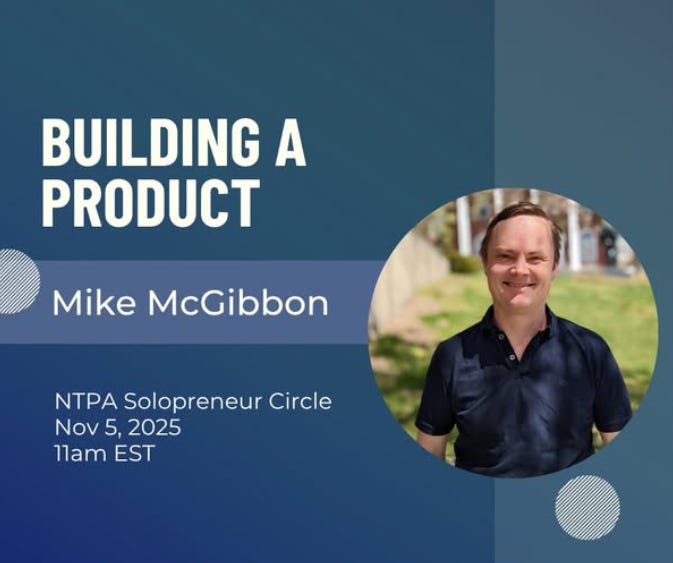The Original Idea Behind Mathchops
Questions are king
This Wednesday (11/5) at 11am Eastern time, I’ll be talking to the NTPA’s Solopreneur Circle about how Mathchops was developed. What I’ve written below is the first part of that story. If you’re interested in attending, please comment below or reach out to Alex Pint at the NTPA.
In 2009, I mostly tutored the ISEE. I had a set of very practical concerns.
The first was score prediction. There was only one official practice test, and even it was unreliable. I needed some way of knowing a student’s likely scores throughout the test prep process.
I also needed to know what specifically was causing those scores. Topics like ‘ratios’ and ‘linear equations’ were too nebulous – they meant different things at different schools. So I started to view student performance in terms of which specific questions a student could or couldn’t answer.
Some of these questions showed up very frequently on real tests, and they were very easy to teach. Significant score improvements depended on finding and teaching lots of these questions.
But once I found one of these special questions, it wasn’t enough to teach one variation of it. Take slope, for example. When shown a line on a graph, could the student tell me the slope? For both positive and negative lines? What about the y-intercept? What if I gave her two points – could she find the slope? Could she recognize the slope in an equation? In both standard and y = mx + b forms? Will she get them right every time, even if I change the numbers?
I needed the student to be comfortable with all of these questions. And, just as importantly, I needed the student to stay comfortable with these questions. If I taught my student slope in early September, I needed her to still know it in December. And if she forgot something, I needed to be alerted, so that I could help her get it back.
Questions and answers could solve all of my problems. Answers would tell me a student’s score. They’d tell me what questions a student had forgotten or never learned. Questions would help me teach the material. Questions would help students retain it.
So I needed lots of questions. I got them from third party tests, entirely different tests with similar content, my own tests, flashcards I’d write during sessions. But this was a lot of work for me – a lot of printing, a lot of grading, a lot of flashcard-writing. It also wasn’t very efficient. These tests always included questions that I didn’t want – they were too easy, too hard, or just irrelevant. And students would sometimes simply memorize the flashcards without understanding them.
After a while, I thought, “Couldn’t a computer do all of this work for me?”
A computer could create perfect questions every time. It could change the numbers. It would have a perfect memory of what a student had done. And it could select the best questions for a student to practice based on previous answers – what the student had gotten right or wrong, how many times, and how recently.
Less work for me, better results for my students. I knew it would work. But I had no idea how to build it.
It would be another three years before I would meet someone who could help. Four years until it was useful to me and my students. Nine years until we received any money at all for it. And twelve years until we made a (tiny) profit.
If you’re a solopreneur and are interested in hearing the rest of the story, please join us next Wednesday! And don’t worry – I won’t be reading this post. I just wrote it to give everyone an idea of the types of things I’d be talking about.


